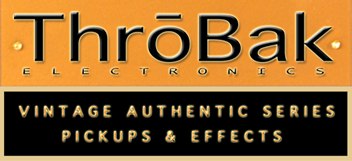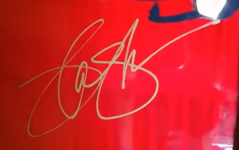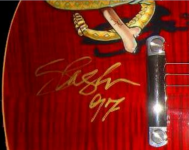El Gringo
Well-known member
- Joined
- Apr 8, 2015
- Messages
- 5,666
Look at what I just found on Reverb.com https://reverb.com/item/49687813-gibson-check-list-1997-les-paul I hope this helps a little bit and if I see another I will gladly post it ! I just found another one https://reverb.com/item/49687286-gibson-warranty-papers-checklist-2006-61-sg ( I would sure love to see the photos of the Les Paul please )I guess you wouldn't know about who were inspectors at the Custom Shop in the 1990s, which I asked about earlier. You would need access to long term Gibson employee records, which I guess not many people have. The reason I asked was I thought a certain pre-pack checklist sheet might have been faked.
Anyway, while I'm talking to you, on another subject, since you're in product development, do you think it might be a good idea to inlay guitar necks with a material called ultra-high-molecular-weight-polyethylene? It's properties seem well suited for it, due to high abrasion resistance and low friction, which would make it good for string bending with least effort. If Gibson were the first guitar company to do that, they would have a jump on the competition, which would have to imitate. Regular wood or mother of pearl would be vastly inferior in comparison. This material actually feels slick to human skin even though it's dry. Read the properties for yourself, this is from Wikipedia, it says "fiber surface" but you can also get it as solid sheets just like normal polyethylene.





